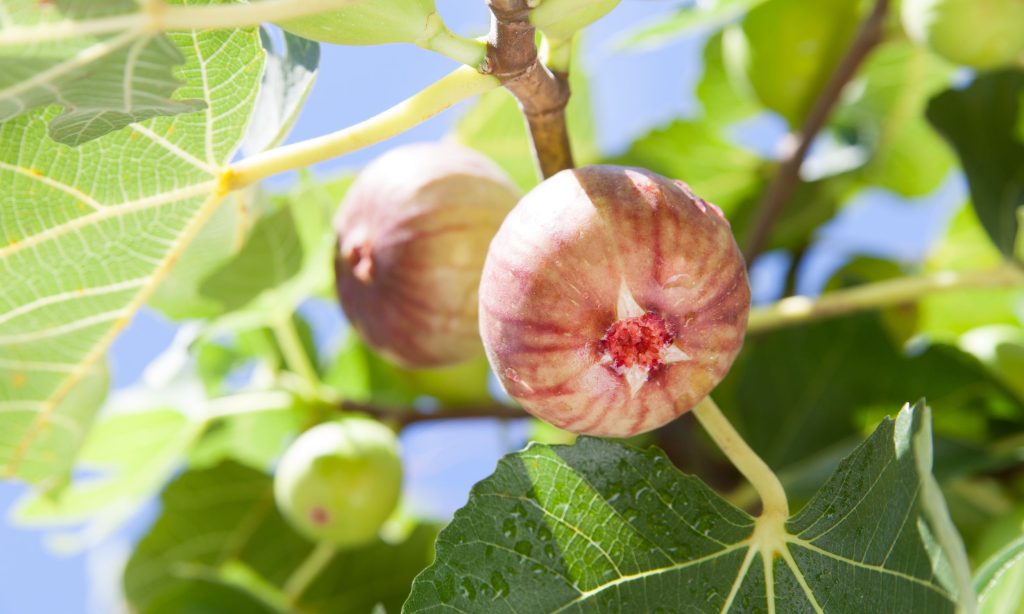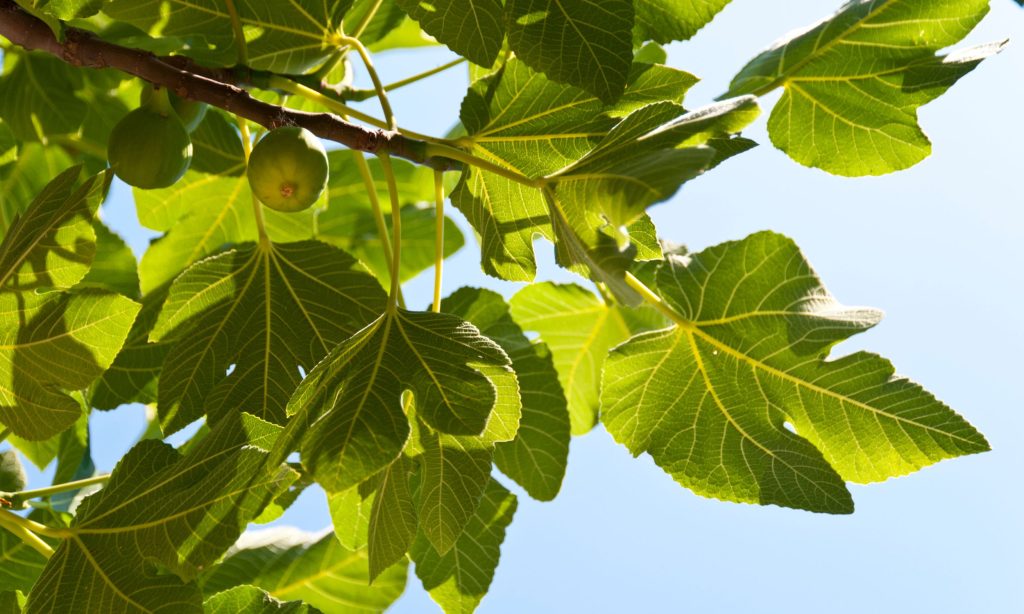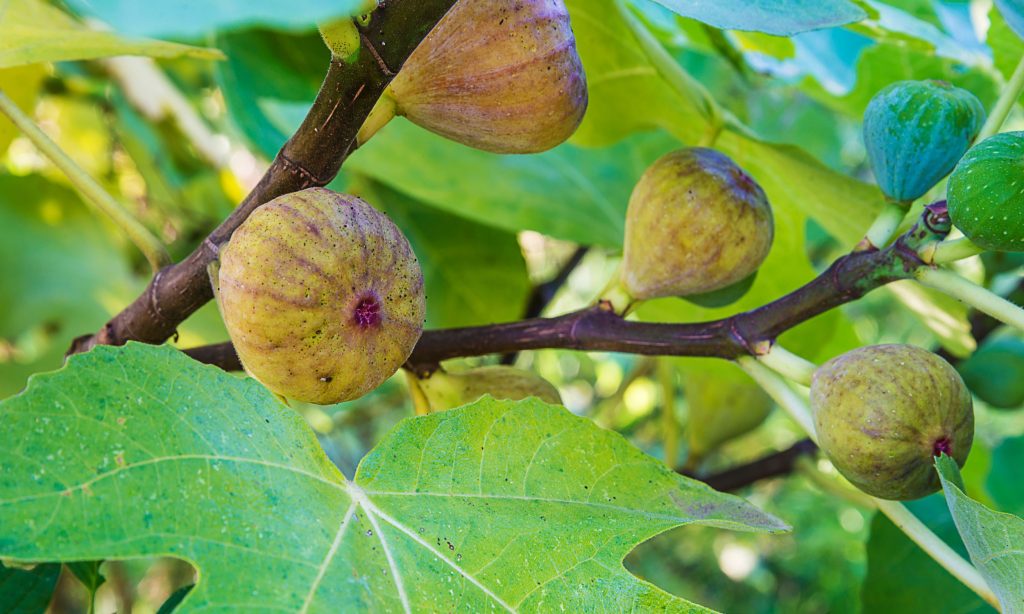When Do Fig Trees Produce Fruit? A Quick Guide
Are you dreaming of fresh figs from your backyard? Figs are a delicious, sweet fruit filled with an array of vitamins and minerals. Growing this adaptable tree in your orchard can be very rewarding when it produces its delectable fruits!
But have you ever asked yourself “When do fig trees produce fruit?” If so, you’ve come to the right place. In this blog post we’ll explore what conditions you need to create for these trees to bear their juicy gifts, as well as other interesting facts about them that might surprise even seasoned gardeners. So strap on those gardening gloves, get ready for some fun learning about everything related to these amazing plants – here we go!
Disclosure: Some of the links below are affiliate links, meaning, at no additional cost to you, I will earn a commission if you click through and make a purchase.
Understanding the Lifecycle of a Fig Tree
At the sapling stage, young fig trees are extremely vulnerable to environmental conditions such as temperature, humidity and soil quality. To ensure healthy growth during this period, it is important for gardeners to provide shade and regular watering. Additionally, pruning should be done on a regular basis to encourage branching and shape the tree’s overall structure.
Once the sapling reaches approximately three years old, it enters into its juvenile phase. At this point, the fig tree begins producing leaves and flowers; however, these plants do not always produce fruit until several more years pass. During the juvenile stage, it is important to continue caring for the fig tree by providing adequate sunlight, water and nutrients.
As a fig tree reaches its mature stage, it will begin producing fruit on an annual basis. It is in this phase that the majority of fig trees reach their full potential with regards to size and yield. The timing of the fruiting season will depend on the variety of the fig tree; however, typically most varieties will produce fruits during late summer or early fall.
Finally, after many years of hard work and dedication, a mature fig tree may enter into its elder stage. During this time, changes such as slowed growth rates and reduced yields are common. However, with proper care and maintenance, an elder fig tree can still produce a bountiful harvest for many years to come.
By understanding the lifecycle of a fig tree, gardeners can gain insight into how to properly care for their plants over time ensuring both healthy growth and maximum yield. With adequate attention and dedication, even novice gardeners can successfully grow strong and fruitful fig trees year after year!

What Factors Affect When a Fig Tree Will Produce Fruit
The timing of when a fig tree will produce fruit is largely dependent on the variety. While some varieties may produce fruit during their juvenile stage, others may take several more years before they are capable of bearing fruits.
Additionally, environmental conditions such as temperature and soil quality also play a role in determining when a fig tree will bear its first fruits.
In areas with colder climates, it may take longer for a fig tree to reach maturity; however, warmer temperatures can help speed up this process. In addition to external influences, the amount of sunlight and regular pruning can also affect the fruiting season of a fig tree.
By caring for their plants properly and providing adequate nutrients, gardeners can ensure that their fig trees will mature at an optimal rate and produce high yields of sweet, juicy fruits.
How Long Does It Take for a Fig Tree to Produce Fruit
This will depend on the variety and environmental conditions of the fig tree, as well as how it is cared for. Generally speaking, most fig trees will produce fruit within three to five years after planting.
However, some varieties may take longer depending on their growing conditions. To ensure that a fig tree reaches its full potential, gardeners should provide adequate sunlight, water and nutrients while also regularly pruning the branches to encourage branching and shape the tree’s overall structure.
By understanding the lifecycle of a fig tree, gardeners can gain insight into how to properly care for their plants over time ensuring both healthy growth and maximum yield. With adequate attention and dedication, even novice gardeners can successfully grow strong and fruitful fig trees year after year!
Additionally, by understanding the various factors that influence a fig tree’s fruiting season, gardeners can better prepare themselves to cultivate their own crop of sweet and juicy figs.
How Many Fig Trees Do You Need to Produce Fruit?
This is a tricky question to answer. There are more than 700 species of figs. Most of them are self-pollinating.
And this pollinating happens by a special insect called a fig wasp. These wasps have unique habits that allow them to pollinate the figs successfully. So, in this case, most of the fig trees don’t need help from other fig trees nearby. They can produce fruit by themselves.

How Long Does It Take a Brown Turkey Fig Tree to Produce Fruit?
A brown turkey fig typically takes around 3 to 5 years to produce fruits, just like most fig trees. But this can vary depending on the region, climate, and growing conditions.
- If you have a brown turkey fig, you’ll know when it’s ready to produce fruit by the seeds becoming visible outside the fig.
- A good characteristic of Brown Turkey fig trees is that they produce two yearly crops.
- The first crop comes in between late spring and early summer.
- The second crop generally comes in between late summer and early fall.
Ready to add a Turkey Fig to your orchard? Check out StarkBros.

Tips for Care and Maintenance of Your Fig Tree
Whether growing your fig tree indoors or outdoors, it is essential to provide adequate sunlight and water for healthy growth.
Additionally, pruning the branches can help maintain the shape of the tree and increase air flow which can aid in overall health. For those living in colder climates, it may be beneficial to protect the tree from frost by using mulch or other insulating materials.
Lastly, regular fertilization during both spring and fall months will help ensure that the fig tree receives all of the nutrients necessary for optimal growth and yields.
With proper care and attention, even novice gardeners can successfully grow strong and fruitful fig trees year after year! So don’t wait; get started growing your own figs today!
Reasons for a Fig Tree Not Fruiting
Your fig tree is probably not producing enough fruit to meet your needs. There are several reasons for this:
- Fig trees take time to be matured, and the process can vary depending on the variety of fig trees.
- They need a decent amount of sunlight. Without enough sunlight, the growth of leaves and flowers will be hampered.
- The soil needs to be fertile. If you don’t apply fertilizer for a long time, the tree will not grow enough.
- If the roots of the fig tree are damaged by too much watering or other conditions, it can lose the ability to absorb nutrients from the soil.
- If the weather is too cold, flowers will not develop correctly and fruit won’t be produced.
These are vital reasons for a fig tree not producing enough fruits. If you think your fig tree is suffering from any of these issues, it’s essential to address them as soon as possible. This will help ensure that the tree can reach its full potential and produce plenty of healthy fruits.

Tips for Producing Maximum Fig Fruits
Figs are delicious and versatile fruits that can be eaten fresh, dried, or preserved. Also, they have an aroma and flavor that is quite unique. Here are some tips for maximizing the fruits you produce:
- Figs need a warm and sunny location, so choose an area that is well-soaked in sunlight.
- Heavy clay soil will produce more figs than light sandy soil, so choose your location based on the type of soil in your area.
- Fertilize your fig tree regularly with a high-quality organic fertilizer to help promote healthy growth and yield.
- Ensure that you water your fig tree regularly.
- When harvesting the fruits, leave some on the branches so that they will continue producing more fruit in the future.
- Do not over-prune or remove too many branches. These actions will only serve to weaken it further and decrease yields overall.
Harvesting and Storing Your Fig Tree’s Fruits
Once a mature tree begins producing fruit, it is important to monitor the fruiting process in order to ensure maximum yields. For optimal ripeness, gardeners should harvest their figs when they are still firm but slightly soft when gently squeezed.
Once picked, fruits should be stored in a cool or shaded area until ready for consumption or preservation. If you plan on preserving your crop of figs, there are many methods available including drying, freezing and canning.
Regardless of how you plan on using them, your figs should be enjoyed as soon as possible for the best flavor and texture. With just a few simple steps backyard enthusiasts can produce an abundance of mouth-watering fruits for many years to come. So don’t wait! Get started growing your very own fig tree today! Good luck on your journey to becoming a successful fig farmer!

You may also enjoy these related articles:
Did you enjoy this article? Want to hear more? Stay in touch! Sign up below to receive weekly tips and inspiration for your homestead.
[convertkit form=3733554]
